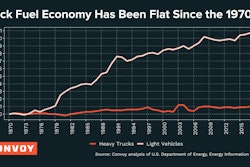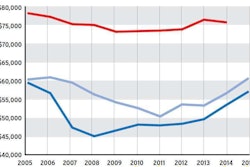In recent weeks, it has been hard to look at a newspaper or tune into the business news without seeing a headline about so-called “trucker shortages.”
This is not a new conundrum, of course. Talk of labor shortages always tends to bubble up whenever the freight market tightens for an extended period. There’s no denying that right now, businesses and consumers alike are feeling the effects of near-term demand spikes -- and the supply chain’s immediate limitations, including “driver shortages,” to address this demand. Even so, the current chatter feels extreme.
To some degree, labor shortages are now, and have always been, somewhat of a Rorschach test: Employers looking to hire tend to see shortages around every corner and workers seeking work perennially see seemingly simple solutions in higher wages and more on-the-job training.
For most people, the idea of a labor shortage is fairly straightforward: When demand for a particular type of worker exceeds supply, that’s a shortage. But the whole concept gets muddier once you move beyond the knee-jerk intuition of Economics 101. The current industry conversation falls victim to three common fallacies.
[Related: The disconnect between the money and the 'driver shortage' mantra]
First is the fallacy of incomplete information.









